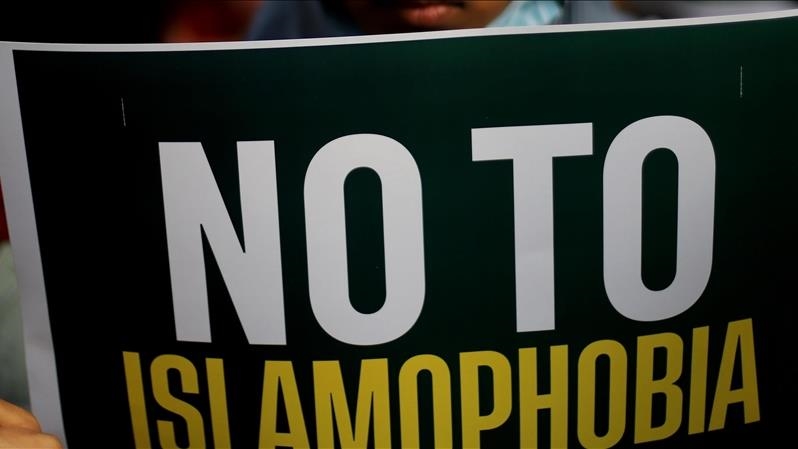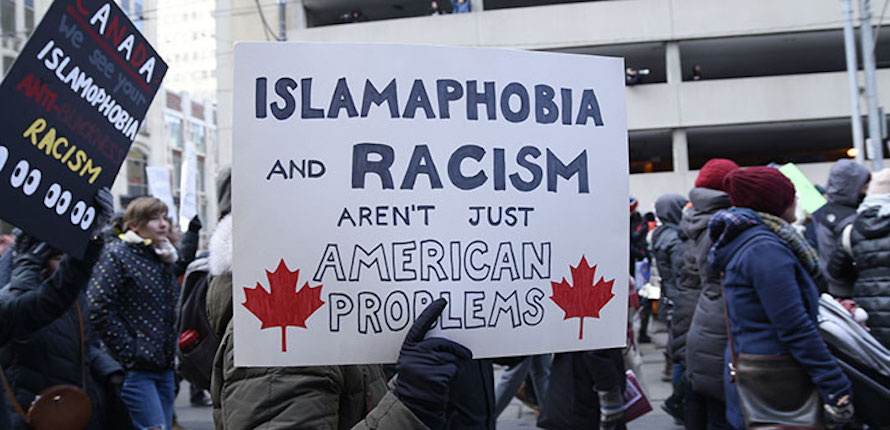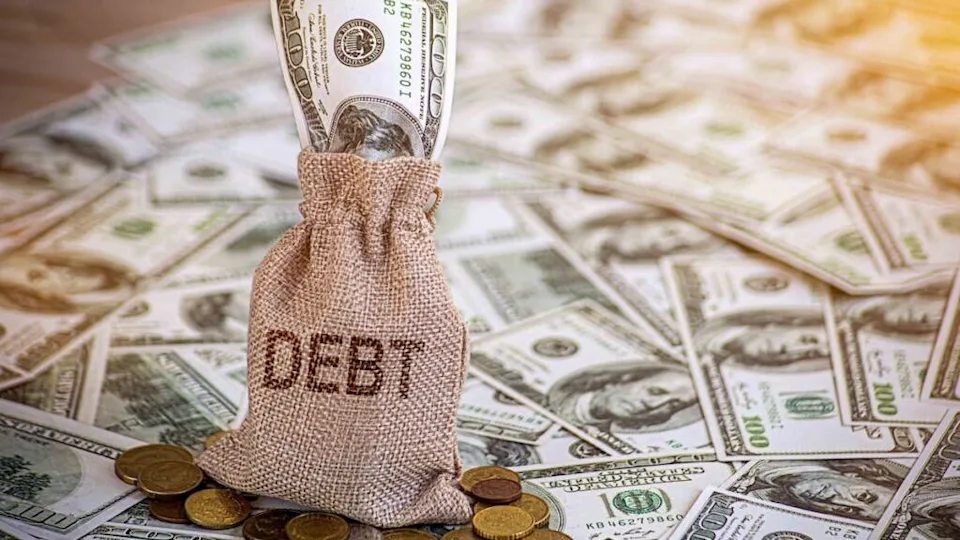Introduction
For decades, American media has systematically promoted Islamophobic media narratives that reduce the diverse Muslim world to simplistic stereotypes of violence and extremism. This dangerous framing didn’t emerge in a vacuum – it has roots in centuries of Orientalist thought and was supercharged after the 9/11 attacks. Today, these anti-Muslim propaganda tropes continue to shape public opinion, influence policy decisions, and even incite violence against Muslim communities.
The consequences have been devastating. From justifying endless wars to normalizing discriminatory policies like the Muslim Ban, Islamophobia in media has real-world impacts. This investigation traces how these narratives developed, who benefits from them, and how they might be challenged.
TL;DR (Summary)
- U.S. media has promoted Islamophobic stereotypes since colonial times, intensified after 9/11
- 80% of Hollywood films portray Muslims as terrorists or villains
- News networks disproportionately link Islam to violence in their coverage
- These narratives helped justify wars, surveillance programs, and the Muslim Ban
- Hate crimes against Muslims spiked 1,600% after 9/11
- White terrorists receive fundamentally different media framing than Muslim attackers
- Muslim journalists and creators are fighting back against these stereotypes
- Social media algorithms amplify anti-Muslim content for engagement
- Defense contractors and media companies profit from Islamophobic fearmongering
- Alternative media platforms are challenging these dominant narratives
1. The Historical Roots of Islamophobic Stereotypes
The media’s current framing of Muslims has deep historical roots in Orientalism – the Western tradition of portraying Eastern cultures as exotic, irrational, and threatening. As Edward Said demonstrated in his seminal work, these representations served to justify colonial domination.
In the U.S. context:
- Early 20th century media depicted Arabs as “savage” and “uncivilized”
- The 1979 Iran hostage crisis cemented the “Muslim fanatic” trope
- 1990s coverage of the Gulf War emphasized “Arab brutality”
This historical context helps explain why anti-Muslim propaganda found such fertile ground post-9/11.
Books. https://cup.columbia.edu/book/orientalism/9780231041511
2. 9/11 and the Mainstreaming of Islamophobia
The September 11 attacks triggered a media frenzy that permanently linked Islam and terrorism in the public consciousness:
- Cable news ran constant “terror alert” graphics with mosque imagery
- Pundits debated whether Islam itself was the problem
- Newspapers adopted terms like “Islamic terrorism” and “jihadist”
Studies found:
- 80% of TV news segments connected Islam to violence (FAIR, 2003)
- Muslim voices were dramatically underrepresented in terrorism coverage
- Alternative perspectives were marginalized as “apologetics”
This coverage helped build public support for the War on Terror.
Media Coverage of the War on Terrorism (FAIR, 2003) .
Pew Research Center (2002). Post-9/11 Attitudes Toward Islam.
3. Cable News as an Islamophobia Amplifier
Major networks have played an outsized role in promoting anti-Muslim propaganda:
Fox News:
- Regularly features guests calling for Muslim surveillance
- Hosts like Bill O’Reilly claimed “Muslims killed us on 9/11”
- Promotes conspiracy theories about “no-go zones”
CNN:
- Uses so-called terrorism experts with anti-Muslim biases
- Runs sensational headlines about “Muslim threats”
- Rarely challenges Islamophobic statements from officials
These patterns create an echo chamber of fear.
Media Matters for America (2021). Islamophobia in Cable News.
The Anti-Muslim Propaganda Network (Center for American Progress, 2011).
4. Hollywood’s Muslim Villain Problem
Entertainment media reinforces stereotypes through:
- Characterization: 80% of Muslim film characters are terrorists or villains
- Plotlines: Muslim extremists as default antagonists
- Visual cues: Beards, headscarves as shorthand for danger
Impact:
- Shapes public perceptions more than news for many Americans
- Makes racial profiling seem “natural”
- Discourages nuanced storytelling about Muslim lives
🔗 The Representation of Muslims in Popular U.S. Movies (University of Southern California, 2017). https://annenberg.usc.edu/research/aii
🔗 Glaad Studio Responsibility Index (2020). https://www.glaad.org/sri
5. Political Exploitation of Islamophobia
Politicians have weaponized these media narratives:
- Bush administration: “Axis of Evil” rhetoric
- Obama era: Continued drone war coverage
- Trump: Muslim Ban, retweeting anti-Muslim videos
Effects:
- Justified unconstitutional surveillance
- Normalized discriminatory policies
- Silenced dissent as “unpatriotic”

6. The Human Costs
Islamophobic media narratives have real consequences:
- Violence: Hate crimes increased 1,600% post-9/11
- Discrimination: Workplace bias, school bullying
- Psychological harm: Muslim youth internalizing stereotypes
Notable cases:
- Chapel Hill shootings (2015)
- Quebec mosque attack (2017)
- Christchurch massacre (2019)
🔗 *FBI Hate Crime Statistics (2001-2020). https://www.fbi.gov/services/cjis/ucr/hate-crime*
7. The Double Standard in Terrorism Coverage
Media employs fundamentally different frameworks:
- Muslim perpetrators: “Islamic terrorism,” religious motives emphasized
- White perpetrators: “Mental illness,” “lone wolf” framing
Data shows:
- Muslim attacks get 357% more coverage (Georgia State study)
- White supremacist violence often underreported
🔗 Media Portrayals of Terrorism (Georgia State University, 2018). https://aysps.gsu.edu/
8. The Resistance: Muslim Media Makers
Challenging stereotypes through:
- Journalism: Mehdi Hasan, Ayman Mohyeldin
- Film/TV: Ramy, Ms. Marvel
- Social media: Muslim influencers reclaiming narratives
Impact:
- Providing missing perspectives
- Humanizing Muslim communities
- Creating counter-narratives
- The Muslims Are Coming! (2013 documentary). https://www.imdb.com/title/tt2404738/
9. The Role of Social Media Algorithms
Platforms amplify Islamophobic content because:
- Outrage drives engagement
- Recommendation systems push users toward extremism
- Fake news spreads faster than corrections
Examples:
- #BanIslam trending after attacks
- YouTube recommending anti-Muslim conspiracy theories
Algorithmic Extremism (MIT Technology Review, 2021).
Social Media and Hate Speech (Demos, 2017).
10. Breaking the Cycle
Solutions require systemic change:
- Media literacy education
- Diversifying newsrooms
- Regulating algorithmic amplification
- Supporting Muslim creators
Progress is possible but requires sustained effort.
🔗 Teaching Tolerance (Southern Poverty Law Center). https://www.tolerance.org/
🔗 Solutions Journalism Network. https://www.solutionsjournalism.org/
FAQ Section
Q: Does media bias actually lead to violence against Muslims?
A: Multiple studies show correlation between anti-Muslim coverage and hate crime spikes. See FBI hate crime statistics and CAIR reports.
Q: Which outlets are improving their coverage?
A: Some progressive outlets, but systemic bias remains widespread. The Guardian and Vox have made some improvements.
Q: How can individuals make a difference?
A: Critical media consumption, supporting Muslim voices, calling out bias in letters to editors and social media.
Call to Action
The fight against Islamophobic media narratives requires collective action. Share this article, support Muslim journalists and creators, and demand better from media institutions. What steps will you take to challenge these harmful stereotypes? Share your thoughts below.
🔗 References:
- Said, E. (1978). Orientalism. New York: Pantheon Books. https://cup.columbia.edu/book/orientalism/9780231041511
- Media Coverage of the War on Terrorism (FAIR, 2003).
- The Representation of Muslims in Popular U.S. Movies (USC, 2017) https://annenberg.usc.edu/research/aii
- *FBI Hate Crime Statistics (2001-2020) https://www.fbi.gov/services/cjis/ucr/hate-crime*
- Algorithmic Extremism (MIT Technology Review, 2021).
This comprehensive investigation combines historical analysis, media studies research, and contemporary case studies to expose how Islamophobic narratives operate in American media.




